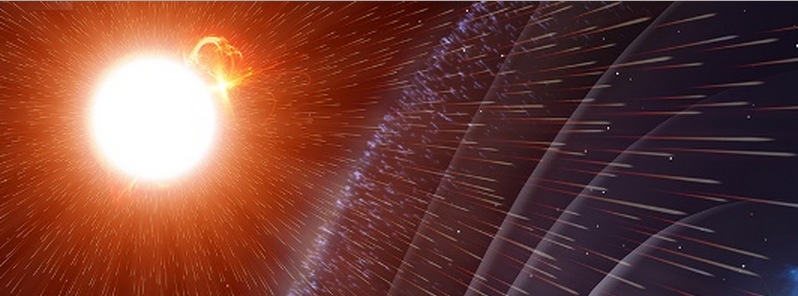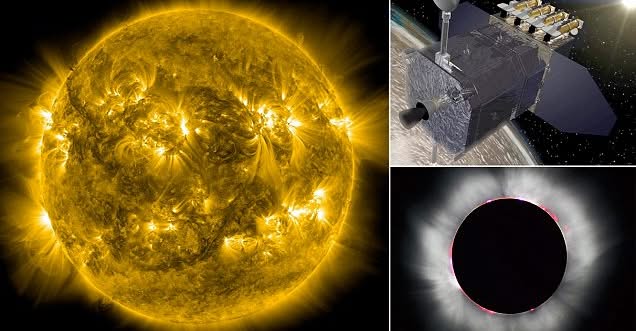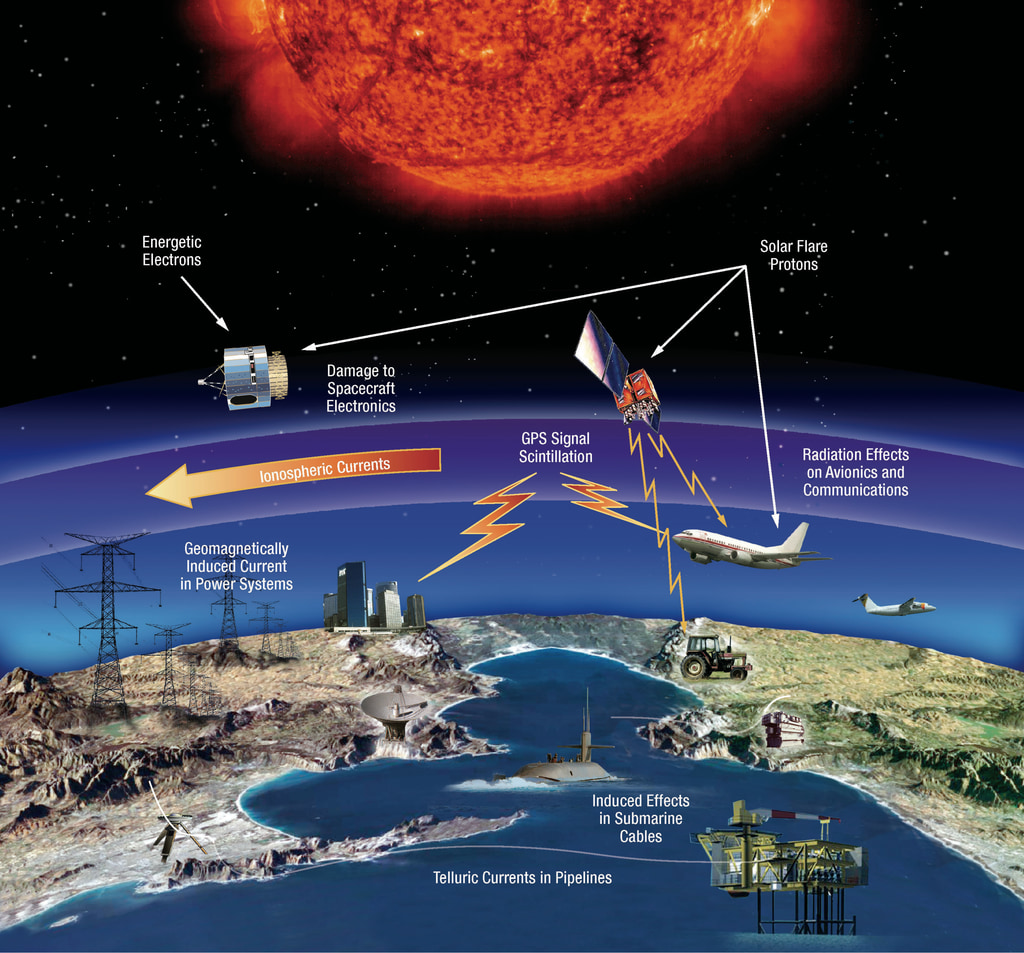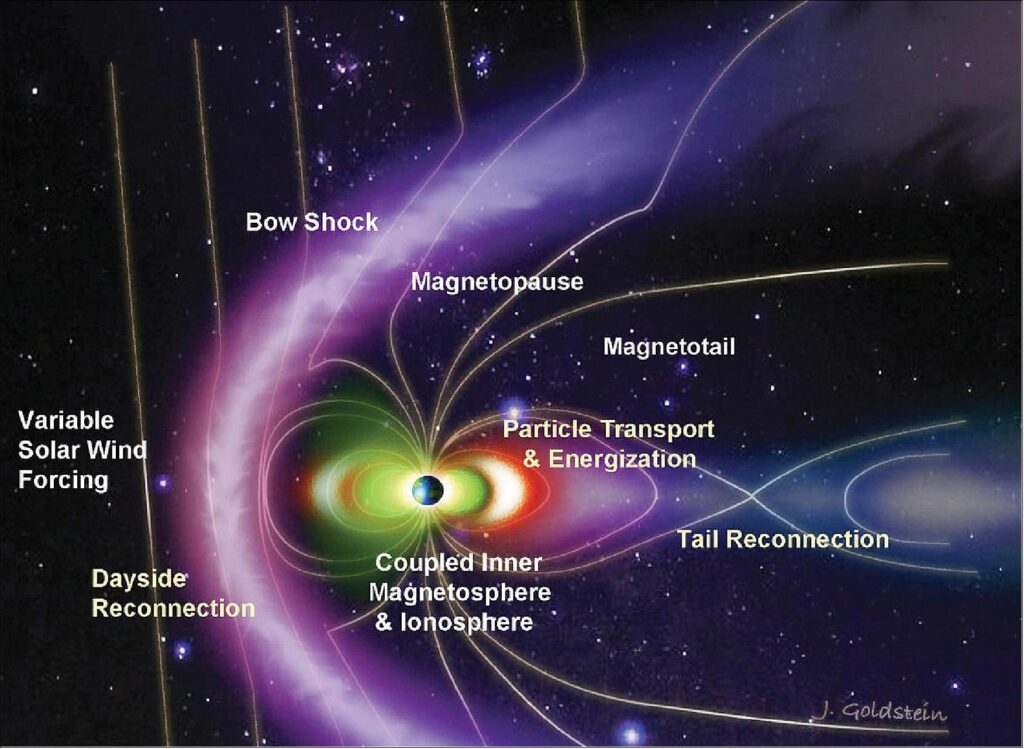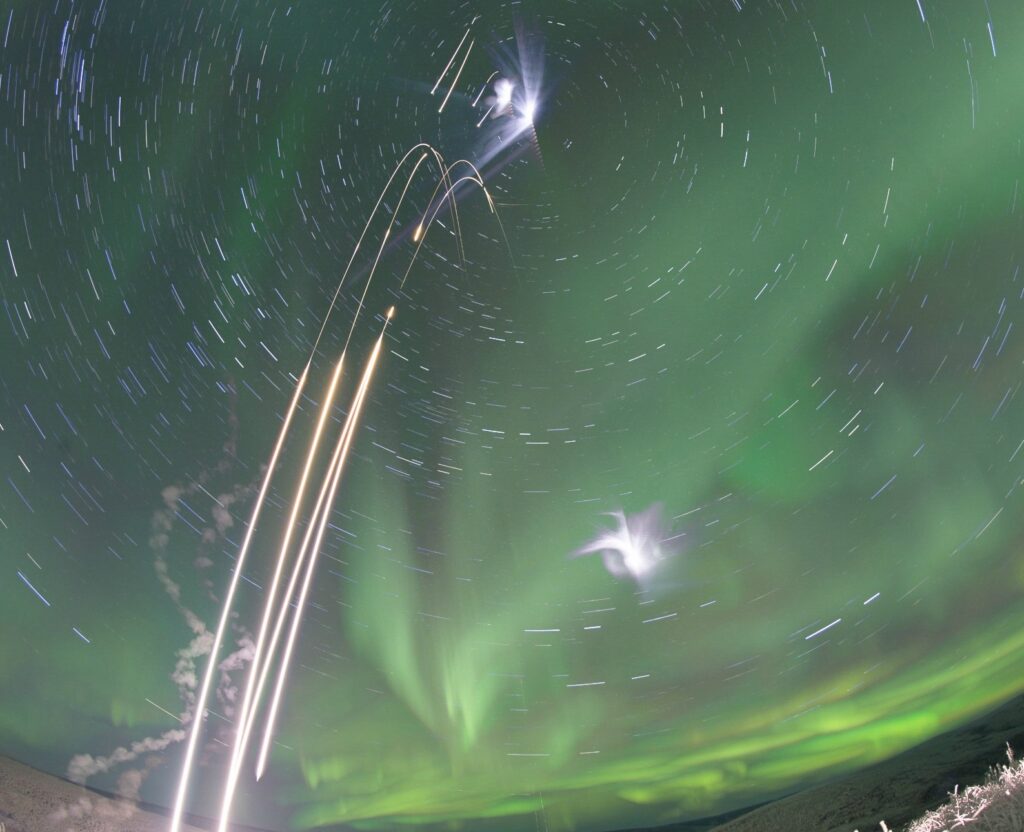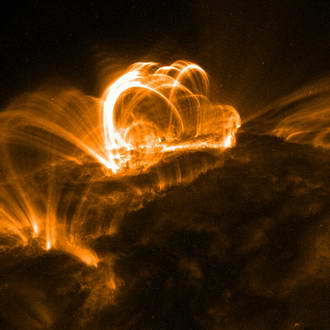Solar storms, driven by the Sun’s activity, pose serious risks to power grids, communication systems, and satellites. As Solar Cycle 25 peaks in 2025, the likelihood of geomagnetic disruptions increases. Historical storms like the Carrington Event highlight the potential for widespread impact. In our digital era, such events could cause severe societal and economic damage, with many insurance policies not covering these risks. Proactive measures, including infrastructure resilience and better forecasting, are essential to mitigate the effects of future solar storms.
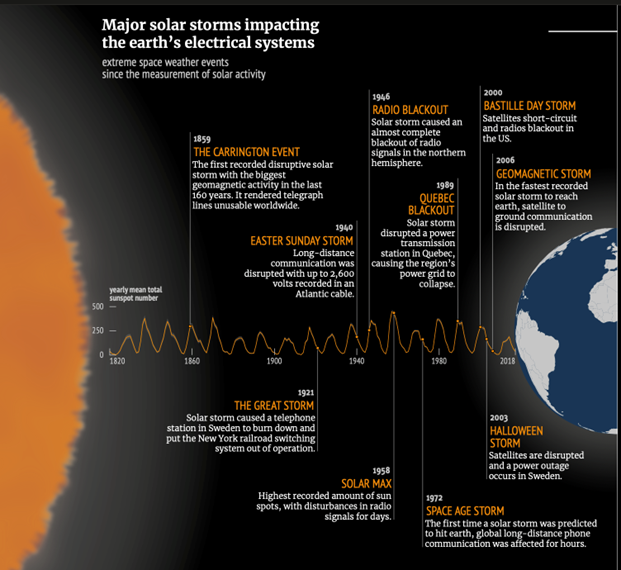
Source: https://www.internationalinsurance.org/insights_solar_storms_and_cybersecurity
